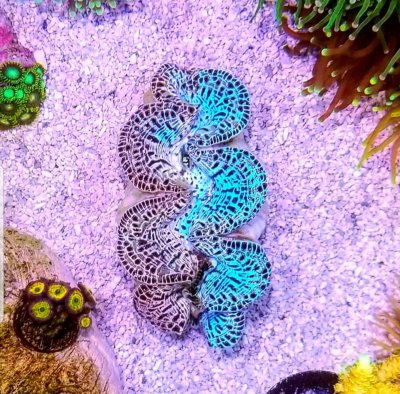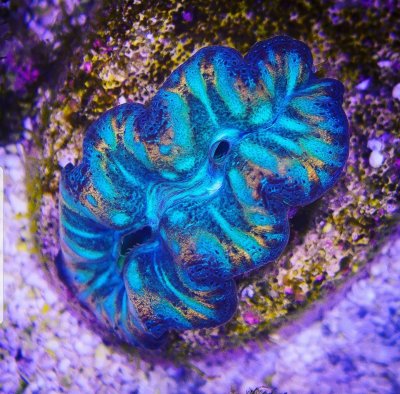- Joined
- May 9, 2018
- Messages
- 269
- Reaction score
- 501
PEA is great. Corals.com occasionally has beauties and they are healthy. I recommend quarantining all clams. Pyramid snails, PMD, etc are things you do not want to introduce into your DT. PEA moves a lot of clams so it is impossible to assure even their clams are pyramid snail free.
















